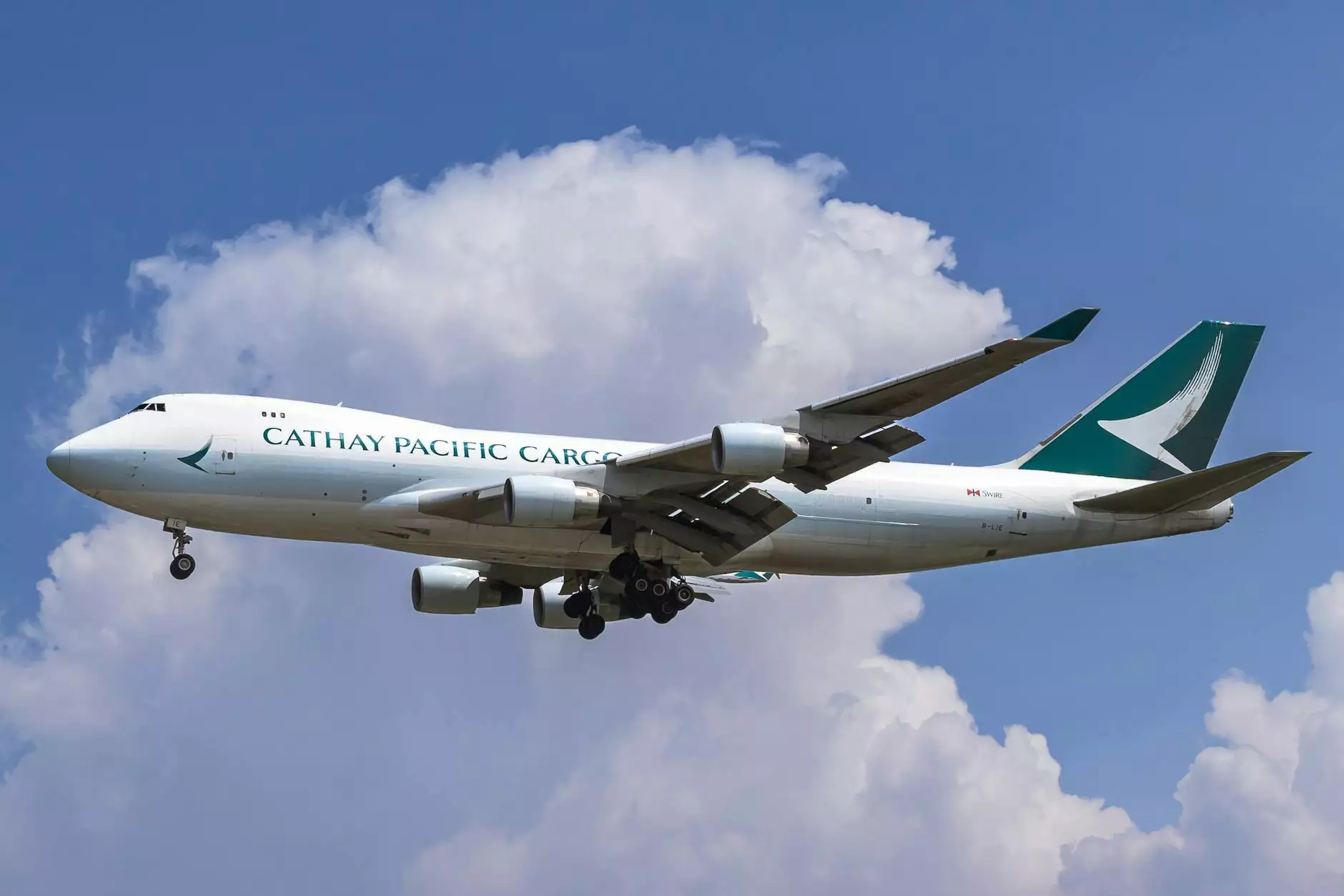Understanding and Mastering Air Freight Cost Calculation

The Importance of Air Freight in Modern Business
Air freight has emerged as one of the most critical components of supply chain management in today's globalized economy. With businesses spread across continents, the need for fast and reliable shipping services has never been more pronounced. One of the cornerstones of using air freight is understanding the air freight cost calculation, which can greatly affect a company's bottom line.
Factors Influencing Air Freight Costs
Calculating air freight costs is not a straightforward process; it involves various factors that contribute to the overall pricing. Some of the key elements include:
- Weight and Volume: Generally, air freight charges are based on the greater of the actual weight or the dimensional weight of the cargo.
- Distance: The distance between the origin and destination airports plays a significant role in cost determination.
- Type of Cargo: Different types of cargo (e.g., hazardous materials, perishables, or oversized items) may incur additional fees.
- Seasonality: Demand fluctuations during peak seasons can lead to higher rates due to increased volume.
- Aeronautical Charges: Fees related to landing, gate handling, and security can impact overall costs.
Understanding Dimensional Weight in Air Freight Calculation
The concept of dimensional weight is crucial in the realm of air freight cost calculation. Dimensional weight is calculated to ensure that carriers are compensated for the space that the cargo occupies, rather than just its actual weight. The formula typically used is:
Dimensional Weight = (Length x Width x Height) / Dimensional Factor
Most carriers use a dimensional factor of either 5000 or 6000, depending on specific industry standards. Use this approach to evaluate whether you're paying for true weight or occupying significant shipping space.
How to Calculate Air Freight Costs
To effectively calculate your air freight costs, follow these steps:
- Measure Your Cargo: Determine both the weight and dimensions of your shipment.
- Use the Dimensional Weight Formula: Calculate the dimensional weight to compare it with actual weight.
- Check the Carrier’s Tariff: Refer to the specific airline or freight forwarder’s rates, as these will vary.
- Consider Additional Fees: Don’t forget to take into account any additional charges like fuel surcharges, security fees, and handling fees.
- Calculate Total Cost: Sum up the basic freight charges along with any extra fees to get the total air freight cost.
Strategies for Reducing Air Freight Costs
For businesses keen on minimizing their air freight costs, the following strategies can prove invaluable:
- Consolidation: Combine multiple smaller shipments into one larger shipment to utilize space more effectively and reduce costs.
- Optimize Packaging: Use the smallest possible packaging that still protects the content. This can help reduce dimensional weight.
- Negotiate Rates: Establish strong relationships with freight forwarders and negotiate for better rates based on volume shipping.
- Booking in Advance: Planning shipments can allow you to take advantage of lower rates versus last-minute bookings.
- Regularly Review Your Options: Keep a close eye on different carriers and their offerings to ensure you're getting the best deal.
Case Studies: Successful Air Freight Cost Management
Let's look at a couple of real-world examples where businesses effectively managed their air freight costs:
Case Study 1: Tech Company Efficiency
A tech company faced rising air freight costs due to increasing product demand. By consolidating their shipments and negotiating better terms with carriers, they achieved a 20% reduction in overall costs within six months, allowing them to maintain competitive pricing.
Case Study 2: Seasonal Peak Management
Another logistics company observed that they were significantly overpaying during peak seasons. By reallocating resources and planning shipments during off-peak periods, they effectively reduced their shipping costs during the busy season by 30%.
Conclusion
Understanding air freight cost calculation is essential for businesses aiming not only to optimize their logistics but also to enhance their overall operational efficiency. By taking into account various factors such as weight, dimensions, and additional charges while employing strategic cost-reduction techniques, companies can make informed decisions that lead to significant savings.
As the global market continues to evolve, businesses that take the time to understand and effectively manage their logistics, particularly through air freight, will position themselves for growth and success.
Contact Us
If you have any questions regarding air freight or need assistance with air freight cost calculation, please visit us at cargobooking.aero.





